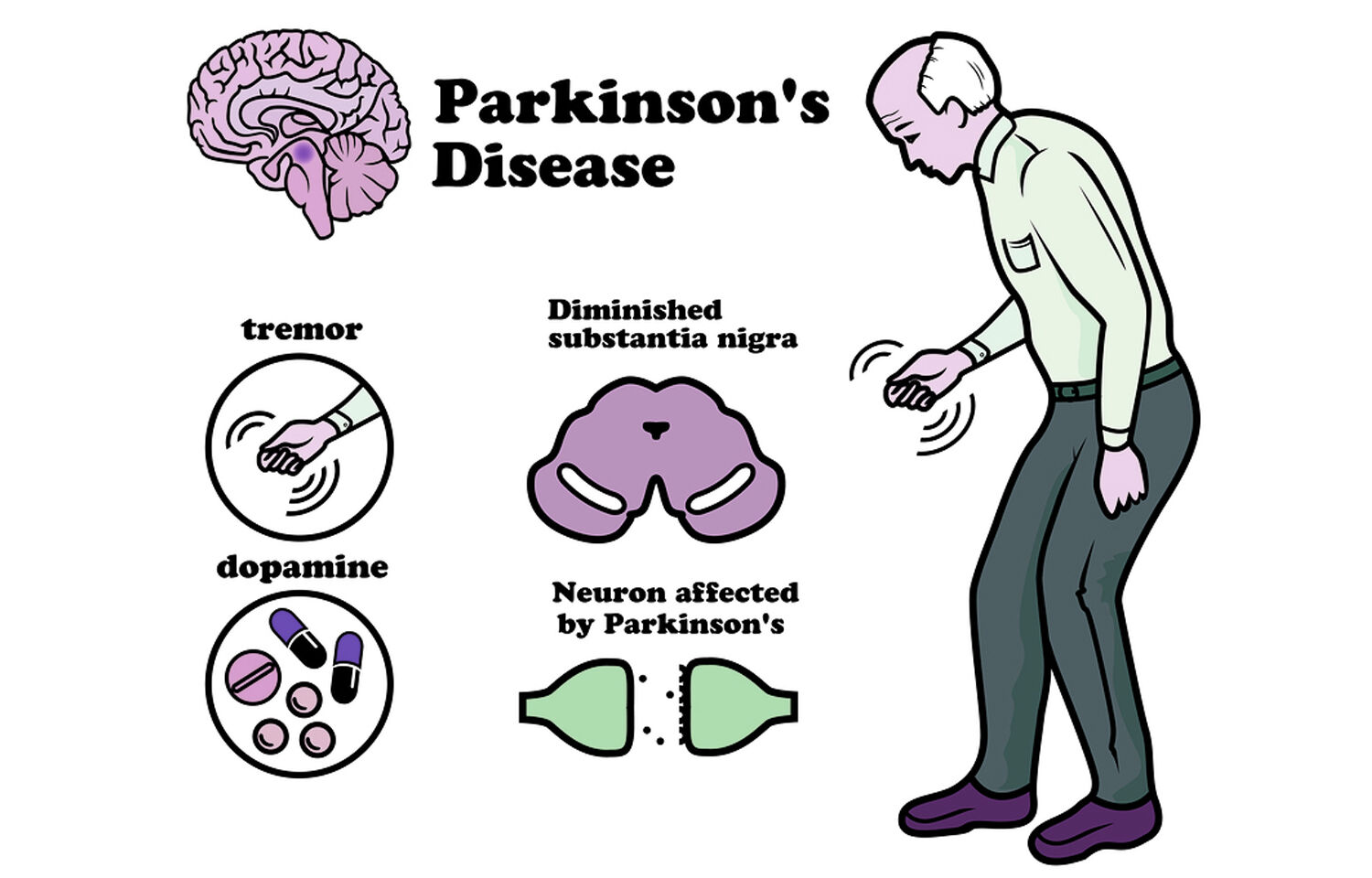For decades, farmers, landowners, and farmworkers have used paraquat, a highly toxic chemical herbicide that effectively kills grass and weeds. Unfortunately, exposure to highly toxic chemicals has been linked to a number of diseases, including Parkinson's disease.
The attorneys represent clients affected by toxic chemicals and hazardous environments. The product accountability lawyers are presently pursuing a Syngenta paraquat lawsuit for damages to bring justice on behalf of their clients to ensure that they get the financial compensation they deserve.

Image Source: Google
Many people who have been exposed to highly toxic herbicides develop serious health problems, including:
- Anxiety and depression
- Changes in behavior and mood
- Constipation
- Coordination and balance problems
- Sleepy during the day
- Dehydration
- Difficulty walking
- Gastrointestinal complaints including bloody stools, vomiting, nausea, diarrhea
- Insomnia and other sleep problems
- Memory loss
- Deficiency of motivation
- Smelling problem
- Low blood pressure
- Delay and rigidity of motor function
- Deadly vibration
- Skin changes
- Language problem
- Unexpected weight changes
- Difficulty urinating
Medical science has studied paraquat for decades to identify its serious long-term effects. To date, several studies have concluded that exposure to paraquat can cause early Parkinson's disease, progressive paralysis, multiple systemic atrophy, and atypical Parkinson's disease.
What is paraquat?
Paraquat dichloride is an organic compound of the methyl viologen salt that is used in a variety of herbicide products due to its non-selective and fast-acting properties that kill green plants on contact. The chemical has a faint odor, similar to ammonia, and is yellow in color, with properties that:
- React fast
- Kill a variety of deciduous weeds and annual grass
- Dries quickly a few minutes after application (rainproof)
